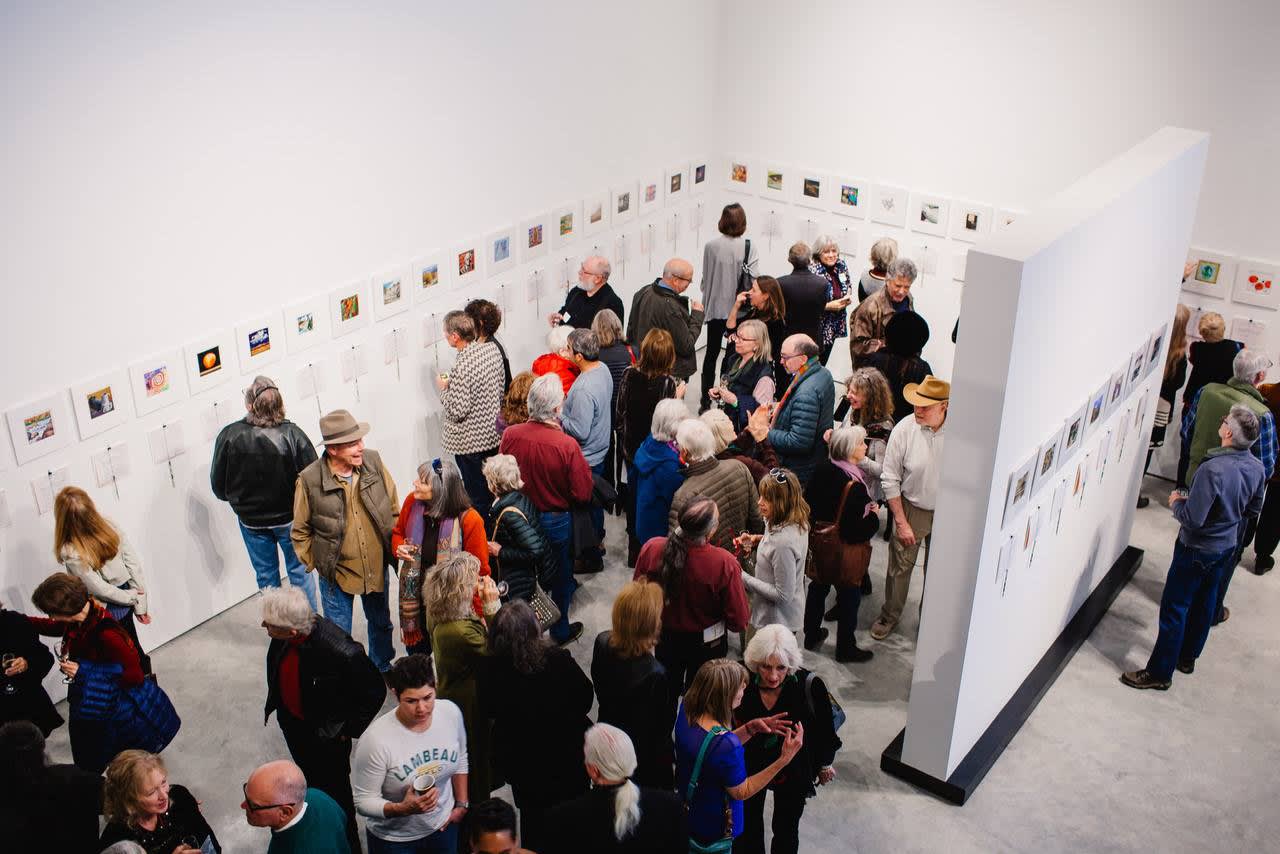Paul Shapiro
-
 Apocalyptic Landscape
Apocalyptic Landscape -
 C54-02, 2002
C54-02, 2002 -
 Cosmogenesis #45, 2005
Cosmogenesis #45, 2005 -
 Cosmogenesis #52, 2005
Cosmogenesis #52, 2005 -
 Cosomotex #19, 2005
Cosomotex #19, 2005 -
 Endo - Exo #04, 2005
Endo - Exo #04, 2005 -
 Golem #4, 1986
Golem #4, 1986 -
 Night Portrait #6 , 1987
Night Portrait #6 , 1987 -
 Orbmosis #1, 2004
Orbmosis #1, 2004 -
 Synapscape #22, 2005
Synapscape #22, 2005 -
 The Folding of Space #2, 2004
The Folding of Space #2, 2004 -
 The Mine
The Mine -
 Magic Tablet Series #10, 1981
Magic Tablet Series #10, 1981 -
 Pyramid Stone, 1979
Pyramid Stone, 1979 -
 Magic Tablet Series , 1981
Magic Tablet Series , 1981 -
 Magic Tablet Series #7, 1979
Magic Tablet Series #7, 1979 -
 Monument to the Night #7, 1971
Monument to the Night #7, 1971 -
 Gateway #9, 2005
Gateway #9, 2005 -
 Zero Point #73, 2005
Zero Point #73, 2005 -
 Quantum Mirror #17, 2005
Quantum Mirror #17, 2005 -
 Quantum Mirror #16, 2005
Quantum Mirror #16, 2005 -
 River of Light, 2006
River of Light, 2006
Paul Shapiro (born 1939) grew up in the Boston area, eventually pursing a major in biology at Northeastern University from 1957 to 1958. Later, Shapiro decided to become an artist and leave the university. He enrolled in night classes at The School of the Museum of Fine Arts in Boston at the beginning of 1959, in order to study drawing.
Shapiro's body of landscape works were and remain a major influence on the look of landscape paintings in the Southwest. In 1990, the artist abandoned the landscape focus and returned to a more abstract approach in his work. Many of the color and black-and-white paintings from that period are represented on this site. His style again evolved, incorporating newly discovered techniques for applying acrylic paint. Shaipiro defines this body of work as a metaphorical depiction of a pre-matter state with different energy structures at work—a new kind of landscape.
related works
-
Spanish artist Antoni Tàpies used unconventional, tactile materials to create gestural abstract works. View his work.
-
In our sister galley, form & concept, Danny Hart hand carves wooden jewelry and adornment inspired by the Southwestern landscape. View his work.























